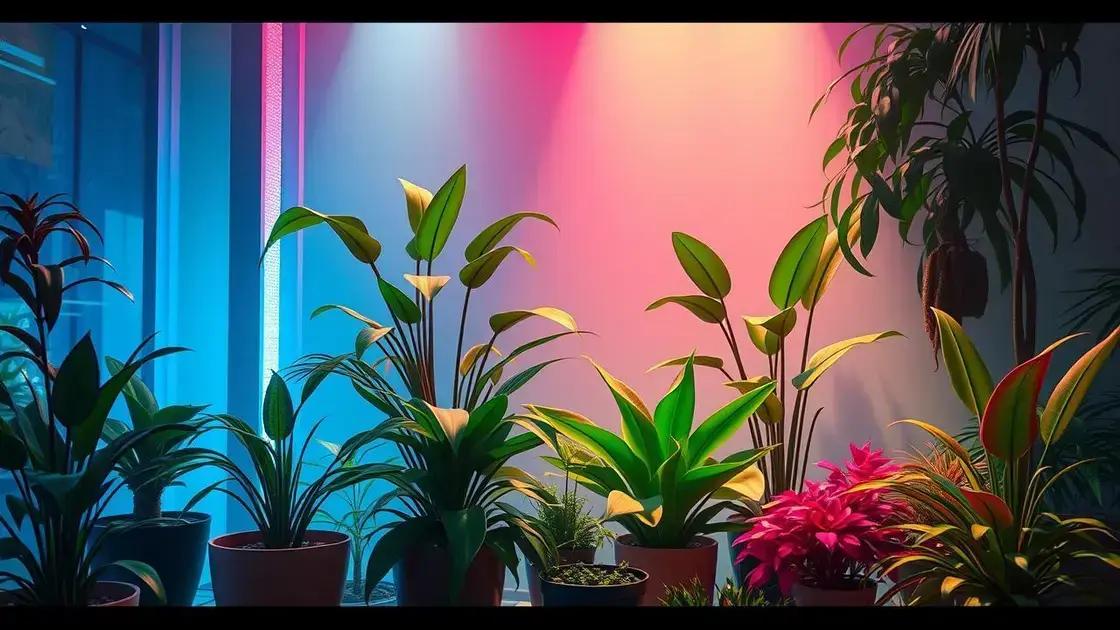How to Take Care of House Plants: 7 Essential Tips for Healthy Growth
How to take care of house plants can feel overwhelming. With so many plant types, distinguishing proper care routines is crucial. Imagine the vibrant greenery filling your space, contributing to your wellness and style. But how can you ensure your leafy companions thrive? Dive into these insightful tips that will turn you into a house plant pro.
Table of Contents
ToggleUnderstanding light requirements for house plants
Understanding light requirements for house plants is essential for nurturing a vibrant indoor garden. Different plants have varying light needs that can affect their growth and overall health. By grasping these light requirements, you can ensure your green companions thrive in your home.
Types of light for house plants
House plants can thrive under various lighting conditions. Here are some common types:
- Direct sunlight: Light that comes straight from the sun without any obstruction.
- Indirect sunlight: Light that is filtered through a curtain or reflected off walls.
- Low light: Limited light levels, often found in shaded corners or rooms.
Identifying plant light preferences
To ensure your plants are receiving the right amount of light, consider the following:
- Check the type of plant you own and research its specific light needs.
- Observe how the light in your home changes throughout the day.
- Rotate your plants every few weeks to promote even growth.
Using natural light effectively
To maximize the benefits of natural light:
- Place plants near windows that receive good sunlight.
- Consider using sheer curtains to diffuse harsh sunlight while still allowing adequate light.
- Utilize reflective surfaces in the room to enhance light distribution.
Supplementing light with artificial sources
When natural light is insufficient, supplementing with grow lights can help:
- LED lights provide energy-efficient options that mimic the sun’s spectrum.
- Fluorescent lights are effective for low-light plants.
Remember, understanding how to care for house plants, particularly their light requirements, is crucial for their development. For additional gardening advice, explore exploring indoor gardening techniques. Using the right light for each plant, you’ll promote lush growth and vibrant leaves.
The best watering techniques for healthy growth

The best watering techniques for healthy growth are vital for maintaining the vitality of your house plants. Proper watering can prevent issues like root rot and dehydration, allowing your plants to flourish. Let’s explore some effective techniques that ensure your green companions thrive.
Understanding plant watering needs
Each house plant has unique watering requirements influenced by factors like species, pot size, and environmental conditions. Consider the following:
- Type of plant: Succulents require less water than ferns.
- Environment: Indoor humidity and temperature can affect moisture retention.
- Potting materials: Some soils retain moisture longer than others.
Effective watering methods
There are various techniques to water your plants effectively:
- Bottom watering: Place the pot in water for a few hours to allow the soil to absorb moisture from the bottom up.
- Top watering: Water the plant from the top, allowing excess water to drain out of the bottom.
- Drip irrigation: Use a drip system for precise and consistent watering, ideal for sensitive plants.
Signs of over and under-watering
Being aware of your plants’ responses to watering is crucial:
- Over-watering signs: Yellowing leaves, mold on the soil surface, and mushy stems.
- Under-watering signs: Wilting leaves, dry soil, and brown tips on the leaves.
Best practices for watering
To maximize the effectiveness of your watering routine:
- Water in the morning when evaporation rates are lower.
- Check soil moisture before watering to avoid over-saturating.
- Use room temperature water to avoid shocking your plants.
Understanding how to take care of house plants, especially their watering needs, is crucial for their success. For more tips on creating the ideal growing environment, check out exploring indoor gardening techniques. By adopting these watering techniques, you can promote healthy growth and vibrant foliage in your indoor garden.
Essential nutrients for house plant success
Essential nutrients for house plant success play a crucial role in keeping your indoor greenery vibrant and healthy. Just like humans, plants require a balanced diet to thrive. Understanding these nutrients can lead to lush foliage and beautiful blooms.
Key nutrients for house plants
Every plant needs various macronutrients and micronutrients for optimal growth. Here’s a breakdown:
- Nitrogen (N): Vital for leaf growth and overall plant vigor.
- Phosphorus (P): Important for root development and flower production.
- Potassium (K): Helps with stem strength and disease resistance.
- Calcium: Promotes strong cell walls and root growth.
- Magnesium: Essential for photosynthesis and chlorophyll production.
- Iron: Important for healthy leaf coloration and overall growth.
Signs of nutrient deficiencies
Being able to identify when your plants are lacking essential nutrients is key:
- Nitrogen deficiency: Yellowing leaves and stunted growth.
- Phosphorus deficiency: Dark green leaves with purple undertones.
- Potassium deficiency: Brown tips on leaves and weak stems.
Choosing the right fertilizer
When selecting a fertilizer, consider the following:
- Choose a balanced fertilizer for general use.
- Opt for slow-release varieties for sustained nutrient supply.
- Use liquid fertilizers for quick nutrient absorption during active growth periods.
Organic vs. synthetic fertilizers
The choice between organic and synthetic fertilizers can affect plant growth:
- Organic fertilizers: Slow-release, improve soil quality, and are environmentally friendly.
- Synthetic fertilizers: Fast-acting, easily accessible, but can lead to nutrient runoff issues.
By understanding essential nutrients for house plant success, you can facilitate healthy growth and vibrant life. For further guidance on nurturing your indoor garden, visit exploring indoor gardening techniques. Offering the right nutrients at the proper times can make all the difference in your plant care routine.
In conclusion
Caring for house plants requires an understanding of various essential aspects, including light requirements, watering techniques, and nutrient needs. By implementing the right strategies, you can foster an environment where your plants thrive and beautify your space. Remember, each type of plant has unique needs, and staying informed will help you provide the best care.
If you’re looking for additional insights, check out tips on enhancing your indoor garden. With the right knowledge and practices, you can become a confident and successful indoor gardener.

